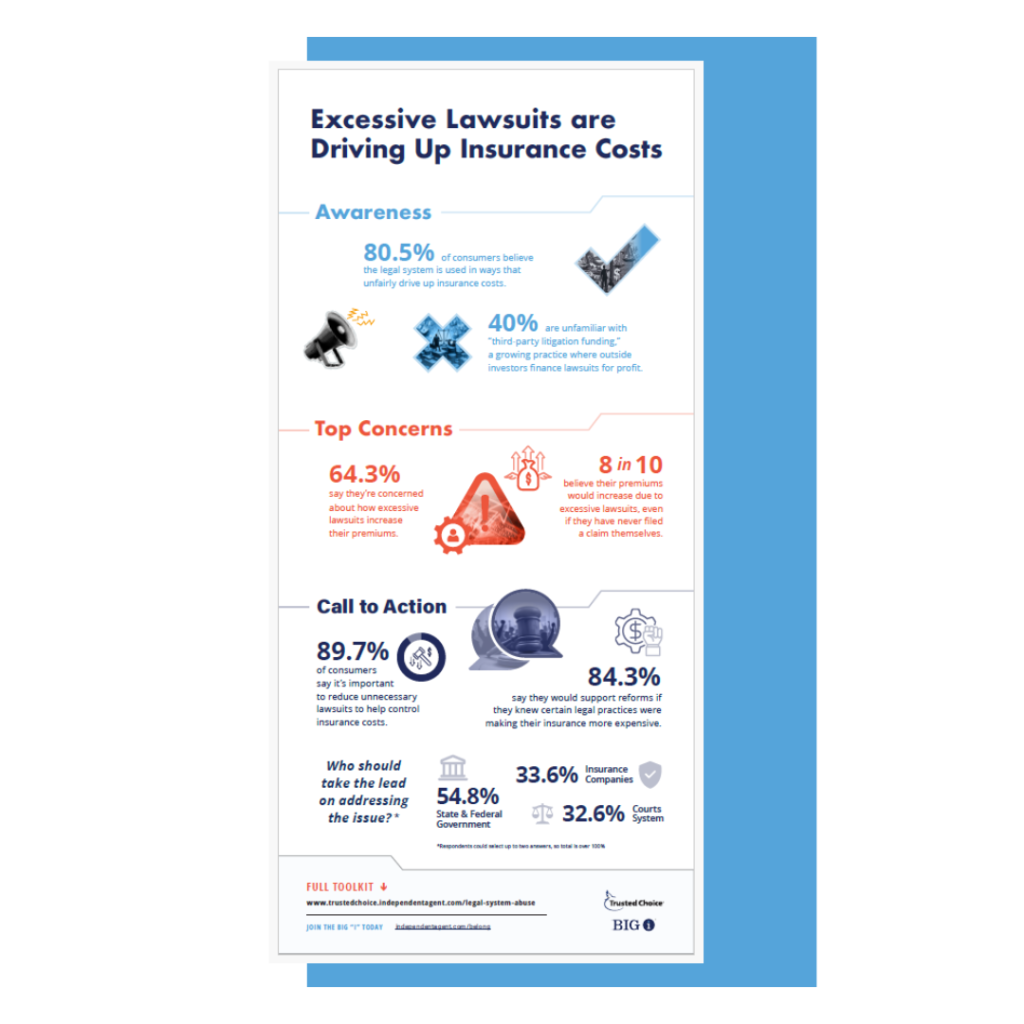What Is the Point of Following Good Procedures?
For many procedural changes, the risk and reward are easily measured. For example, a simple disclaimer on proposals or emails has a price of $0 so why not do it? A more complex change such as mandated coverage checklists has a price. But is it worth it?
Author: Chris Burand For many procedural changes, the risk and reward are easily measured. For example, a simple disclaimer on proposals or emails has a price of $0 so why not do it? A more complex change such as mandated coverage checklists has a price. But is it worth it? I recently had a discussion with an agency owner regarding whether following good procedures made any sense. He wanted to stop following certain E&O preventive procedures in order to increase sales and make life easier on his producers. From an E&O perspective, the procedures we discussed were clearly black and white issues. The procedures clearly decreased E&O exposures. So academically, the answer was easy. But in the real world, the answer was not so clear. As an example, I once visited an agency with some of the worst procedures I have ever seen and even after a large natural disaster, no one sued them. Their customers absolutely did not have the right coverages and the agency clearly messed up in my opinion. Yet they did not get sued. This brings to light the real world decisions agency owners and managers must make regarding procedures. They see the same results. The lazy agency that does not follow procedures doesn’t get sued, while the agency that does everything correct does. As the saying goes, “I’d rather be lucky than good.” So it really comes down to managing risk. Is there a way to measure the risk versus the reward of good procedures? The answer depends on the complexity of the procedure. For many procedural changes the risk and reward are easily measured. For example, a simple disclaimer on proposals or emails has a price of $0 so why not do it? A more complex change such as mandated coverage checklists has a price. Time is definitely involved. No doubt it increases cost some. The benefits are very significant though. Sales increase and E&O exposures decrease significantly. The last odds I saw showed that one in twelve agencies were sued each year. I have seen reports that the use of a coverage checklist reduces suits by 50%. So the use of a coverage checklist improves the odds to one in twenty-four. Moreover, the odds are that sales increase more than enough to cover the cost of using coverage checklists (at least that is what I have experienced with my clients that have implemented them completely). So the value gained is more than enough to cover the cost. More complicated issues, such as record retention, are more difficult. Truly addressing record retention properly will likely cost an agency several thousand dollars and considerable time. The odds of improper record retention resulting in a suit may be small. If one in twelve agencies are sued, and assuming the same ones are not sued over and over, then out of one hundred agencies, 8 will be sued in any one year. So at the next convention, look around the room at the grand opening and you will see eight agencies with ongoing suits for every one hundred agencies. I do not have access to the statistics showing E&O suit by type, but I imagine maybe 25% or less of suits involve record retention. So for every one hundred agencies, maybe 2 agencies in the room will have suits involving record retention at any time. If only two percent of agencies per year are sued for E&O issues involving record retention, is it worthwhile to take proper steps to minimize such claims? Extend this over ten years and this mean 20% of agencies will incur such a claim. Is it worth the money? Some agencies are willing to take chances of being sued, provided they believe they will win. This is more difficult because in my experience, many of the claims won by agencies are ridiculous suits. The plaintiff attorneys should lose their license for even bringing the suit, so good procedures may or may not positively impact these situations. But let’s assume all are legitimate suits. Agents win 80% of E&O suits based on reports I have seen. So all else being equal, only 4 agencies out of every 20 sued will lose suits related to record retention over the next ten years (of course, they will still have to spend a considerable amount to twin the suits). Is the investment of several thousand dollars to mitigate this risk worth it? This depends on your risk appetite of course. Some issues seem to carry such little risk, it might be worth the risk relative to the cost. But most E&O preventative measures cost very little. In fact, most E&O preventative measures increase productivity, often result in increased sales, and improve the professional appearance of the agencies, all for a price far less than the return. Yet so often, agency owners and producers balk at the price of the change. The real issues they are resisting are accountability and responsibility. It has nothing to do with the financial expense. Good E&O procedures result in agency owners and producers being held accountable for doing their jobs well. They hold the producers and agency owners responsible and accountable for treating staff and often carriers well and with respect. Good procedures hold producers accountable for making sales. This is the price they are paying and it is a dear price to them. Often it is a price they will only pay when no other alternative exists. So when your producers desire to not be accountable, why not let them? Make them 100% responsible for all deductibles. Plus, they should pay for all the time the agency spends to defend themselves. For instance, if fifteen hours of attorney meetings and depositions are required, then multiply fifteen by the average cost per hour per person. This may run between $30 and $450 per hour. Then, if your E&O premium increases as a result, they can pay that cost too. You may want to add in another 10% just for the aggravation. Sometimes the frustration of getting people to follow procedures is more than can be bared. If they want to take the chance, let them(for a price. Everything has a price and sometimes the insurance industry forgets this. E&O answers are all black and white and underwriters’ answers are all yes or no. Insurance is about pricing risk and moving risk to other entities. Maybe it’s time to put a price on risk in our own agencies and transfer some of that risk to the people creating the exposures. Chris Burand is president of Burand & Associates, LLC, an insurance agency consulting firm. Readers may contact Chris at (719) 485-3868 or by e-mail at chris@burand-associates.com. NOTE: None of the materials in this article should be construed as offering legal advice, and the specific advice of legal counsel is recommended before acting on any matter discussed in this article. Regulated individuals/entities should also ensure that they comply with all applicable laws, rules, and regulations. Don’t forget, for Big I members, we now offer a sample agency procedures manual template at this Agency Procedure Manual Template. November 2009 Updated 2023 |









